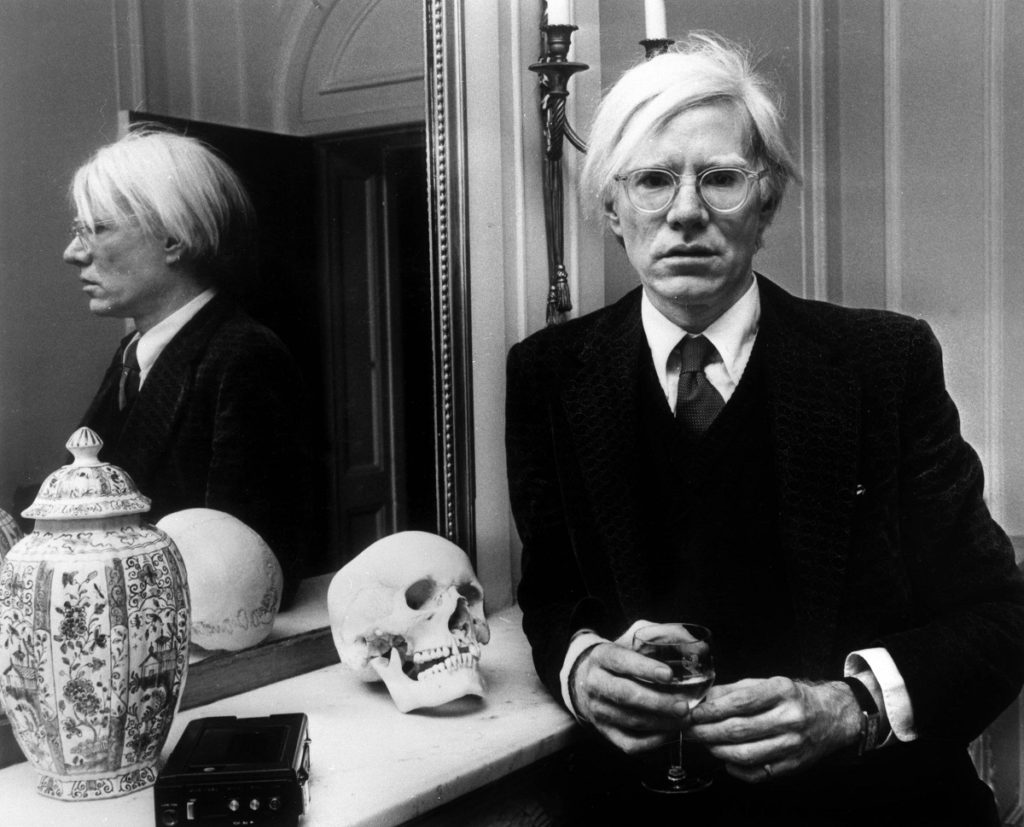Looking at Andy Warhol’s roots, you may not think this guy would amount to much. Born to immigrant Slovakian parents in 1928, Andy Warhol barely got by as a child. His father was a construction worker, and his mother was an embroiderer. But the couple attended to their children as much as they could; a testament to their faith.
To make matters worse, the young Andy contracted Chorea, also dubbed as St. Vitus’s Dance, a neurologic disorder that contained him to the bed for months on end. But it was a blessing in disguise for Andy and the world. While he was sick, his mother taught him drawing. That was the beginning of his long journey to become one of the last century’s most iconic world-renowned artists.
If you’re wondering how to let the artist in your child out, then you’re in luck. Andy Warhol should be your inspiration. Not only did Andy rose from obscurity to global renown, but he also changed art as we know it forever. It goes to show that even extreme poverty cannot withhold the artist in the child, given the right guidance. You do not need millions to guide your child to achieve greater things in art. You need to lend a helping hand.
Andy Warhol: From Nowhere to World Fame
You can say Andy Warhol pushed the boundaries of art during his time. And no one will argue. As one of the most famous artists in the 20th century, he is one of the most recognizable artists in the world, along with Pablo Picasso and even Da Vinci. So sought-after is Warhol’s art, his “Eight Elvises” portrait eventually fetched a whopping $100 million in 2018.
And his work was prolific. He explored many forms of media to express his brilliance. And most importantly, he didn’t just dabble. He left a mark on each one. In short, he wore many hats and excelled in each one – book author, stand-up comedian, writer, director, commercial illustrator, to name a few.
He first made heads turn when he became a well-received illustrator for Glamour magazine. His art caught on. He experimented with several fine art mediums, combining photography for instance with known brands and celebrities such as Marilyn Monroe.
As more and more of his work came out in the magazine, his appetite for experimenting mediums was simply sensational, earning him the title the “father” of pop art. Further, he cemented his status by producing awe-inspiring work while working in several galleries. So influential was Andy that when he opened The Factory, his New York studio, it became a favorite hub for just about every A-lister in town, from Hollywood celebrities to the wealthiest socialites.
Warhol’s work even expanded the art of printing using a screen displaying such stunning works depicting Mick Jagger, Grace Kelly, and Jackie Kennedy. Screen printing has been used extensively for decades now to cater to a wide array of consumers, from companies promoting their brands to sports buffs wanting their logo printed well on t-shirts.
And needless to say, Andy took the medium to greater heights.
Quick Tips to Let the Artist Out

As poor as Andy Warhol’s family was, the support of his parents to help become a world-class artist is bound to touch hearts. It seems that every time tragedy struck Andy came out stronger. His mother, who was a skillful artist, showed him the wonders of drawing when he was struggling with Chorea. That along with the magazines he read, certainly opened his world to art.
Support is a big factor in any child’s development, and Warhol was lucky to have that. That it came from someone who truly loved him made it all the more significant. His mother also opened Andy’s eyes to the movies. At nine years old, his mom gave him a camera as a gift. That gift made him develop films in an improvised darkroom in the basement.
At age 14, Andy again suffered a setback. His father succumbed to the jaundiced liver. But before he died, Andy’s father dictated in his will that all his savings should go to Andy’s college education.
Giving the right tools at the right time can make a huge impact on your child’s development as an artist. You mustn’t just limit him to a pencil and paper too. While such a common medium can be a great start, it can be limiting. Erasers can easily get your child to start all over again. And he may just be doing that until frustrations set it.
Instead, use markers or oil pastels. So the child can produce art and produce more each time. Further, giving your child ample space to develop is also critical. Sometimes, when you rush things, the child could feel pressured. He could eventually lose interest.
Also, to encourage his creativity, give him time to think, perhaps a 10-minute window. Let his creative juices flow if you’re with him. It’s all about support. You don’t have to spend much to raise an artist. You have to be wary of his needs. With ample support, the chances you have of helping your child become a successful artist such as Andy Warhol widens.

